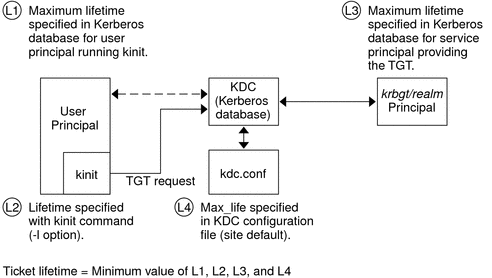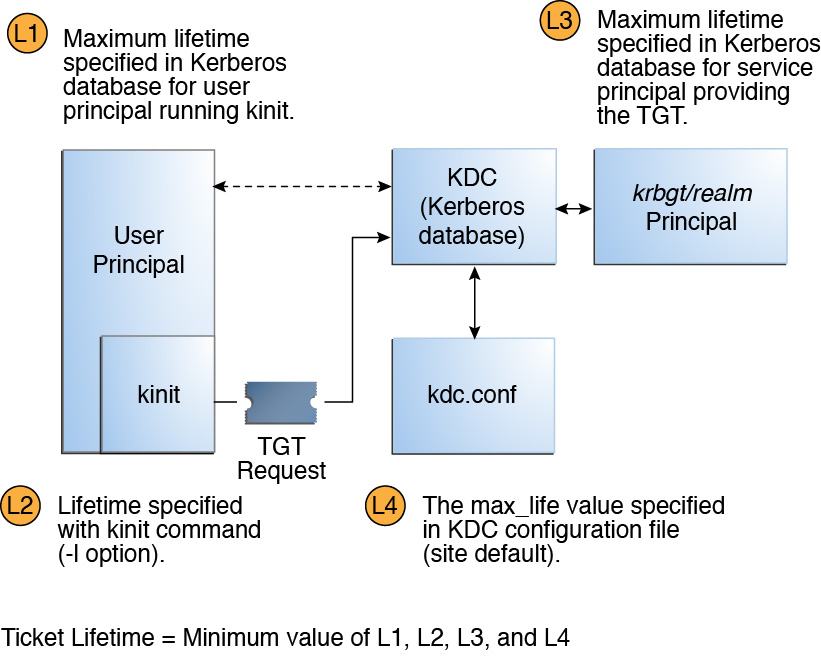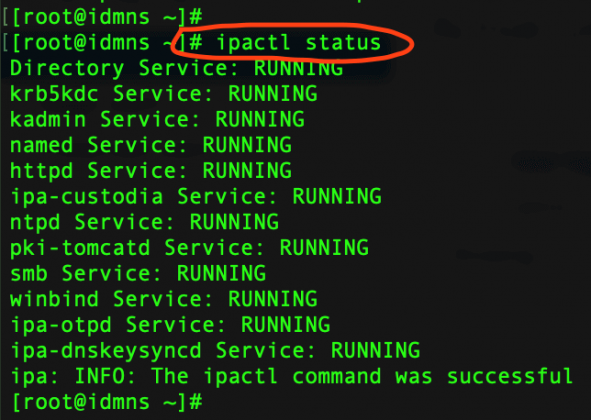
Unique Subdomain for both the server and client Linode respectively. Before proceeding, ensure that each Linode has A/AAAA records configured using a

One will host the FreeIPA server, while the other will host the client. Two fully functional Linodes equal to aĢGB Plan or greater must be created using CentOS 7 or later.Extensible management interfaces (CLI, Web UI, XMLRPC and JSONRPC API) and Python SDK.Full multi master replication for higher redundancy and scalability.Strong focus on ease of management and automation of installation and configuration tasks.

Built on top of well known Open Source components and standard protocols.Integrated security information management solution combining Linux (Fedora), 389 Directory Server, MIT Kerberos, NTP, DNS, SSSD and others.A keytab used with kinit can be thought of as storing a password in a file.FreeIPA is a free and open source identity management system, it is the upstream open-source project for Red Hat Identity Management.įreeIPA is the Linux version or implementation of Active Directory, which features the following: So after you use the keytab for kinit, you have a kerberos ticket of the principal in the keytab. Both ultimately use the same secret key to decrypt the ticket.

As far as the kerberos protocol is concerned there really is no difference between using a keytab to kinit and using a password. So when you kinit using a keytab, it uses the key in the keytab to decrypt the blob. A keytab is just means for storing the secret key in a local file.

Password to the secret key used by the KDC. When you kinit with a password, kerberos uses a "string to key" algorithm to convert your If you know your secret key, you can unencrypt the blob and use that to access other services. When you kinit what is going on under the covers is that you are asking the KDC for a ticket to ask for more kerberos tickets, it encrypts that ticket with your secret key. The kerberos KDC does not store your password, but a secret key. This is glossing over many important details, but basically all you ever get from the KDC is an encrypted blob.


 0 kommentar(er)
0 kommentar(er)
